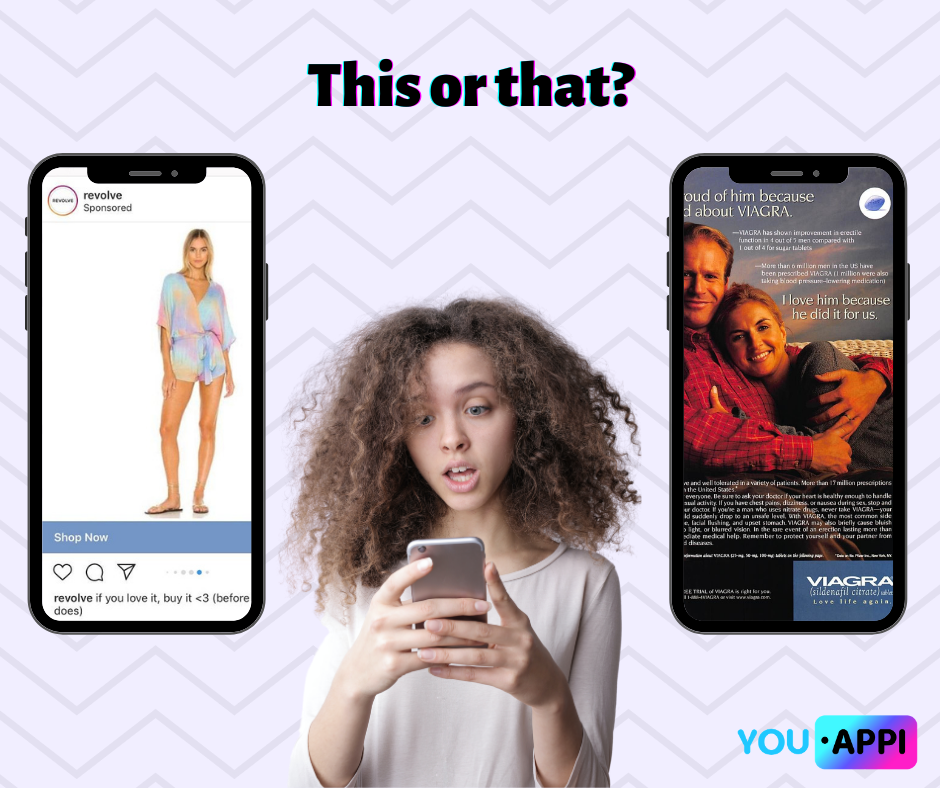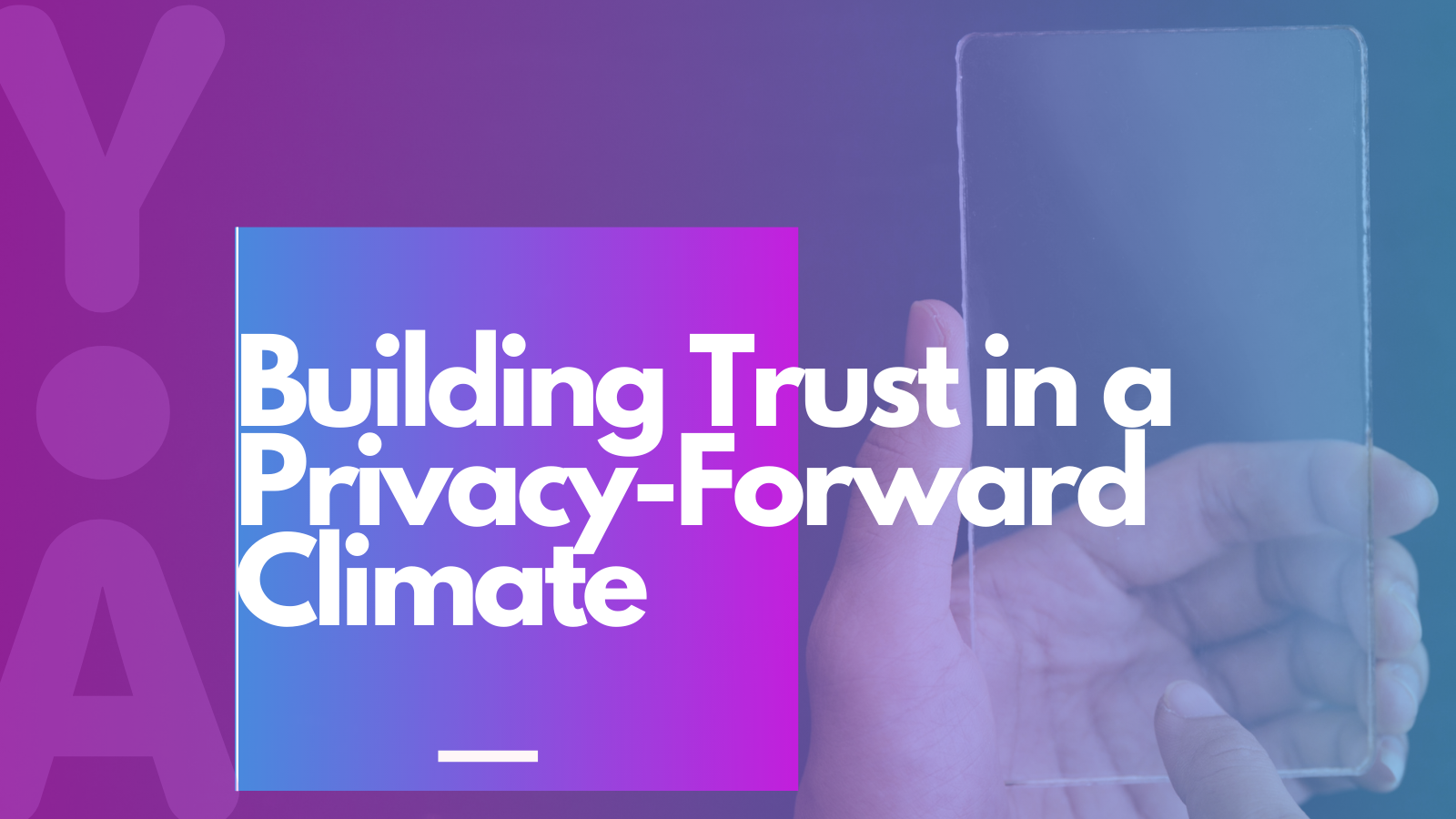Apple announced iOS 14’s release in June of 2020 and the changes to the IDFA (Identifier for Advertising) shook up the entire mobile industry. In these last eight months, Apple has continued to keep the industry on its toes with an October release that was pushed to early 2021 and again to “early Spring 2021”. In these last eight months, brands have had a little bit of a reprieve to plan and adapt to the new Apple world order. It is now up to the brands and app publishers to create an environment where users will want to opt-in to IDFA sharing. The question still remains: how do brands build trust in a climate that values privacy? Follow along as we share three tips on building trust with users, post-iOS 14.
Transparency Above Everything
Strive to be transparent with your users and how that reflects your brand values. Transparency is a critical element in building trust. iOS 14 presents its share of challenges but it also presents an opportunity for brands to be more forthcoming with users regarding data-sharing.
Take advantage of this opportunity by creating messaging that shows users what an IDFA opt-in means for the app. For users who value their privacy, opting in may seem like a big ask. When on the flip side, opting in will allow users to receive advertisements that are relevant to them, and may even introduce them to products and services they didn’t know existed. This will help better shape their experience within the app. From a privacy perspective, brands can consider this a value exchange.
The only thing preventing users from understanding what they get out of IDFA sharing is a lack of clear communication. As a brand, it is crucial to utilize messaging that describes to a user why they should opt-in. Be open and transparent, and tell users why opting in will be beneficial for them.

Relevant Content Creates Trust
Create content that is relevant and will influence your users in a positive manner. Content can establish your brand as a thought-leader by providing users with strategies to address challenges they are facing. Create a plan to release the content at a frequency that engages users without overwhelming them. Value users’ boundaries by not spamming them with an overload of information.
One of the biggest mistakes that brands often make is releasing too much content. In a world where many companies are working from home and there is a seemingly endless flow of content, build trust with your users by showing them why your content is high value. Send one powerful and effective newsletter instead of the five newsletters other brands are sending out each week. There is a balance and artform to be top of mind and not in your face. When your users recognize that your content is worthwhile, this will engage and strengthen your brand relationship with the user as a reliable and trustworthy source of information.
Be Accountable and Value Feedback
Remind users that trust is a two-way street. While building toward a fair-value exchange, solicit them for feedback. Be proactive and discuss the changes associated with iOS 14 and what this means for the users. Addressing users’ concerns regarding their privacy and data-sharing ahead of time shows you are proactive and prepared for market changes.
Follow through with communication about how user data is stored, used, and kept private. Utilize this feedback to further promote a safe environment for users, thereby earning their trust. Remain consistent and deliver on the promises and solutions shared with clients and the result will be increased retention.
Takeaway
iOS 14 is spurring discussions around privacy to the center of the mobile industry and it certainly won’t be the last big change. By valuing user privacy, having transparency around how data is being utilized, and sharing trustworthy content (at the right times), brands will build trust with users. Honor that trust and thereby increase user retention.

